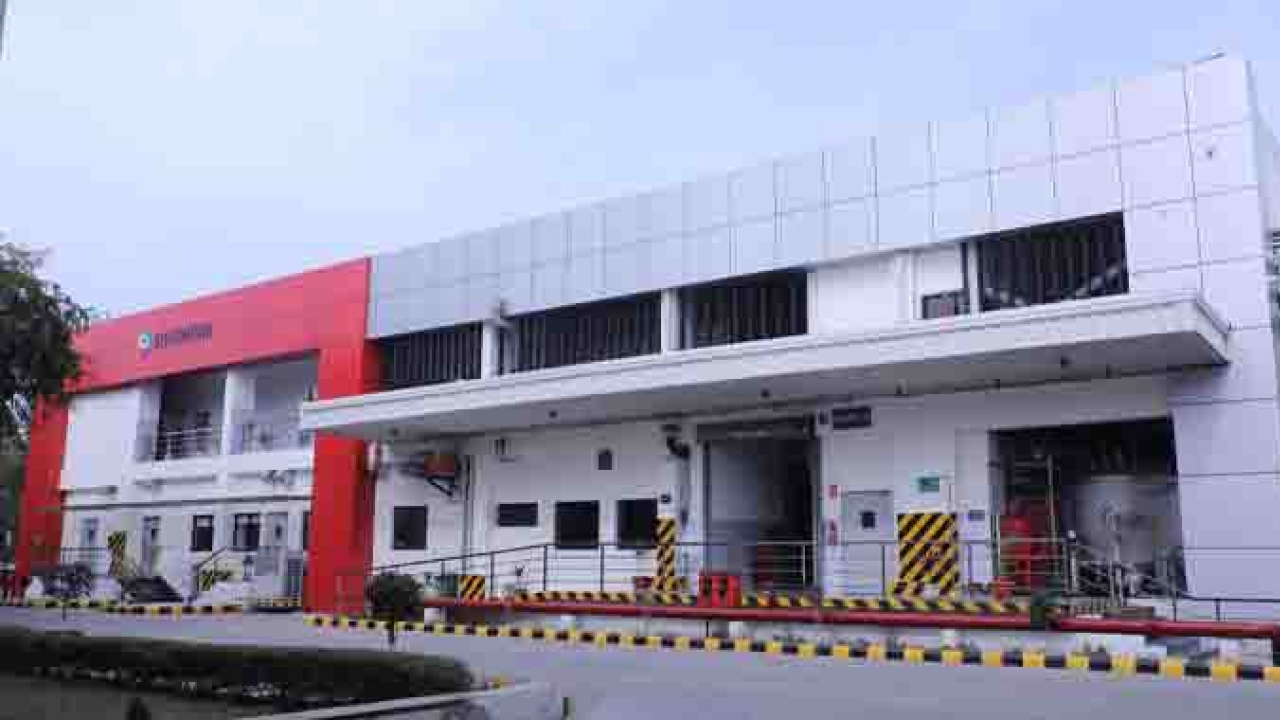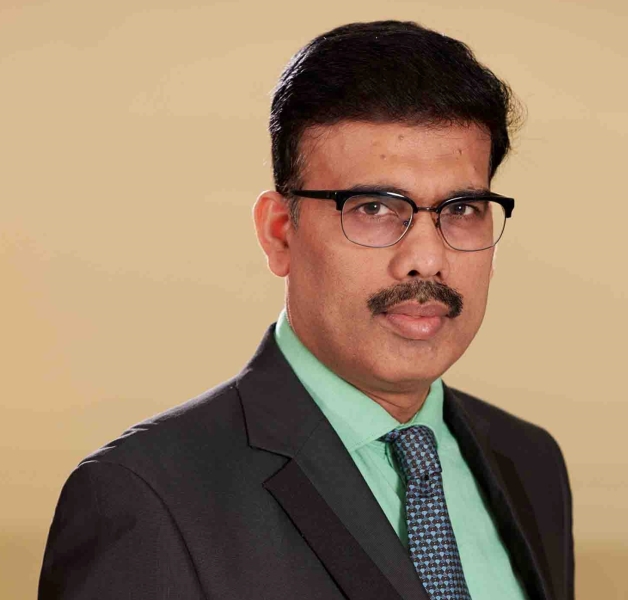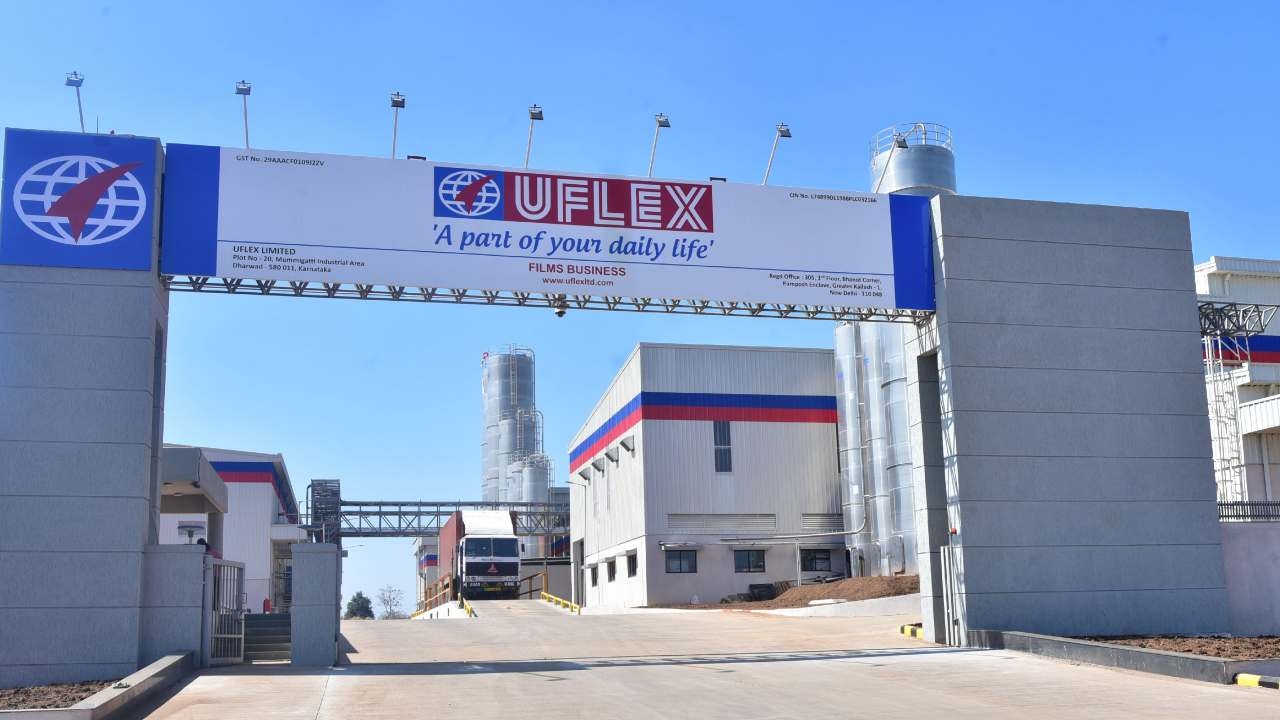Siegwerk expands production in India
Siegwerk has commissioned a new solvent-based blending center at its Bhiwadi facility in India. The company plans to expand production of toluene free inks for flexible packaging.

Siegwerk Group has invested 212.2 million INR (2.8 million USD) into the new blending facility, with an extensive capacity of over 13,500 metric tons, and the solvent-based warehouse escalated to 700 metric tons. Spread across 3,400sqm, it will be an addition to an existing toluene-free manufacturing plant which will support the company’s growth.
‘Siegwerk’s path-breaking innovations and developments in our production technology have made us industry leaders,’ comments Ashish Pradhan, president of Siegwerk Asia. ‘The packaging ink industry in Asia has grown by more than 10 percent in the past two years and there has been an over proportional increase in the flexpack business, which has boosted our confidence in expanding our manufacturing capacities in the India region.
‘In the past year, we have built a lot of customer-first offerings, and we intend to build on this robust momentum in 2022, starting with this blending center, which fully operates on solar renewable energy, keeping with our endeavor to leave a positive impact on society. Siegwerk will ensure continued customer satisfaction through quality, delivery, and after-sales services that will provide immense value for our stakeholders.’
Ramakrishna Karanth, CEO of Siegwerk India, adds: ‘Siegwerk has always been dedicated to providing safe printing inks and coatings solutions to customers. The current capacity expansion move with the induction of the state-of-the-art blending center reaffirms our commitment to keep innovation alive and to keep our customers contented. We now have a blending capacity to suit the growing needs of our customers in India. Decades of customer relations have resulted in our synergistic growth in the Indian market. The new center will augment our efforts to bring in new products, capabilities and innovation.’
Siegwerk is focusing more on flexible packaging as the industry is seeing changes in food packaging regulations.
Ajit Singh, CFO of Siegwerk India, says: ‘One change is that FSSAI has introduced new regulations in food packaging where they have put toluene in the negative list. That new standard will definitely open up a more addressable market because we are toluene free ink manufacturing company and we are going all out for toluene free.
‘We had made our central manufacturing unit in Bhiwadi completely toluene free almost four years back despite no regulations back then. We knew that toluene is not good for food packaging. And now with new FSSAI regulations, we expect the whole addressable market for Siegwerk to grow in the future. We increased the capacity of blending facility in Bhiwadi to address this growing demand for flexible packaging that we see is going to come.’
Singh highlights that as a progressive corporate, the company has been on a streak to develop new products for new demand in the packaging industry. The demand for its products is growing as India sees more compliance in regulation.

Similarly, brand owners are also interested in moving to compliant inks as new regulations roll out.
Siegwerk is also working on projects for sustainable packaging. Singh explains that sustainable packaging will take a lead role its Siegwerk’s corporate horizon 2025.
‘We are focusing on how we can achieve circular economy in flexible packaging. Our focus is to be circular economy more than linear economy. When I say linear, it basically means how to make, use and dispose. We can play a lead role through our technology, network and how we as responsible corporate can make a difference to go from linear to circular.’
It is difficult to avoid plastic in packaging owing to its many benefits. On the other hand, disposal of plastic is one of the major environmental challenges.
Siegwerk is working on products in this direction and is also collaborating with agencies and associations that are already working on the circular economy. ‘With that there is definitely going to be a shift in number of products and inks so that inks can help in the total objective.’
The upgraded blending facility runs entirely on sustainable power through rooftop solar panels with an installed capacity of 301 kWp. The facility has an automated fire safety mechanism, with an automatic addressable fire and smoke detection system for fire detection, firewalls, and foam sprinklers at the dispensing stations for firefighting. There is also a hydrant system around the plant, including water monitor and hose reels.
Challenges
The expansion plans began right before the second wave of Covid hit India. The company faced multiple challenges that delayed its project delivery by 2-3 months despite its best efforts.
Government mandates such as reducing the workforce by 50 percent created a challenge for the company. Additionally, hiring a workforce was difficult since most of the laborers had gone back to their native places. Managing covid related behavior among labor was another difficulty.
‘Because we are a responsible corporate, we had to ensure their safety. This impacted our costs. We had to pay higher wages to laborers to meet the project deadline,’ Singh adds.
Vaccinating workforce also posed a difficulty as the first dose of vaccines rolled out in 2021.
‘Majority of the workforce was administered with first or second doses of the vaccines. We had to keep antigen testing and Covid related behavior on check which was also a challenge.’
Commenting on the rise of raw material prices during the pandemic, Singh says: ‘I have been working at Siegwerk since last 18 years and I have not faced such kind of raw material challenges whether it is an increase in raw material or shipment costs or the availability of material. Getting raw material was also a challenge that we faced in 2021.
‘Since we are in the chemicals industry, the prices depend on petroleum products. And because we are importing most of our raw materials, the majority of raw material suppliers are based in China and US. Covid hampered supply of raw materials for us. When we come to covid related logistic challenges, the cost of sea freight went up significantly. The overall availability of containers was of course a challenge but the availability of the right container at the right port was also a challenge. That also impacted our freight.’
The company saw growing demand for its products, but the rising cost of raw materials and logistics impacted the cost of end products.
‘We tried to mitigate it to some extent. Firstly, our objective was that the price of raw material does not matter what matters for us is customer service. Our customers should not get any sort of supply issues from our side. So we are buying raw materials at much higher costs than usual. At the same time, we went to the customer and asked for a price increase to mitigate the costs of raw materials. The majority of our customers were supportive. It couldn’t be mitigated fully, but we were able to mitigate quite a major portion of the price increase for our customers,’ Singh explained.
Stay up to date
Subscribe to the free Label News newsletter and receive the latest content every week. We'll never share your email address.


